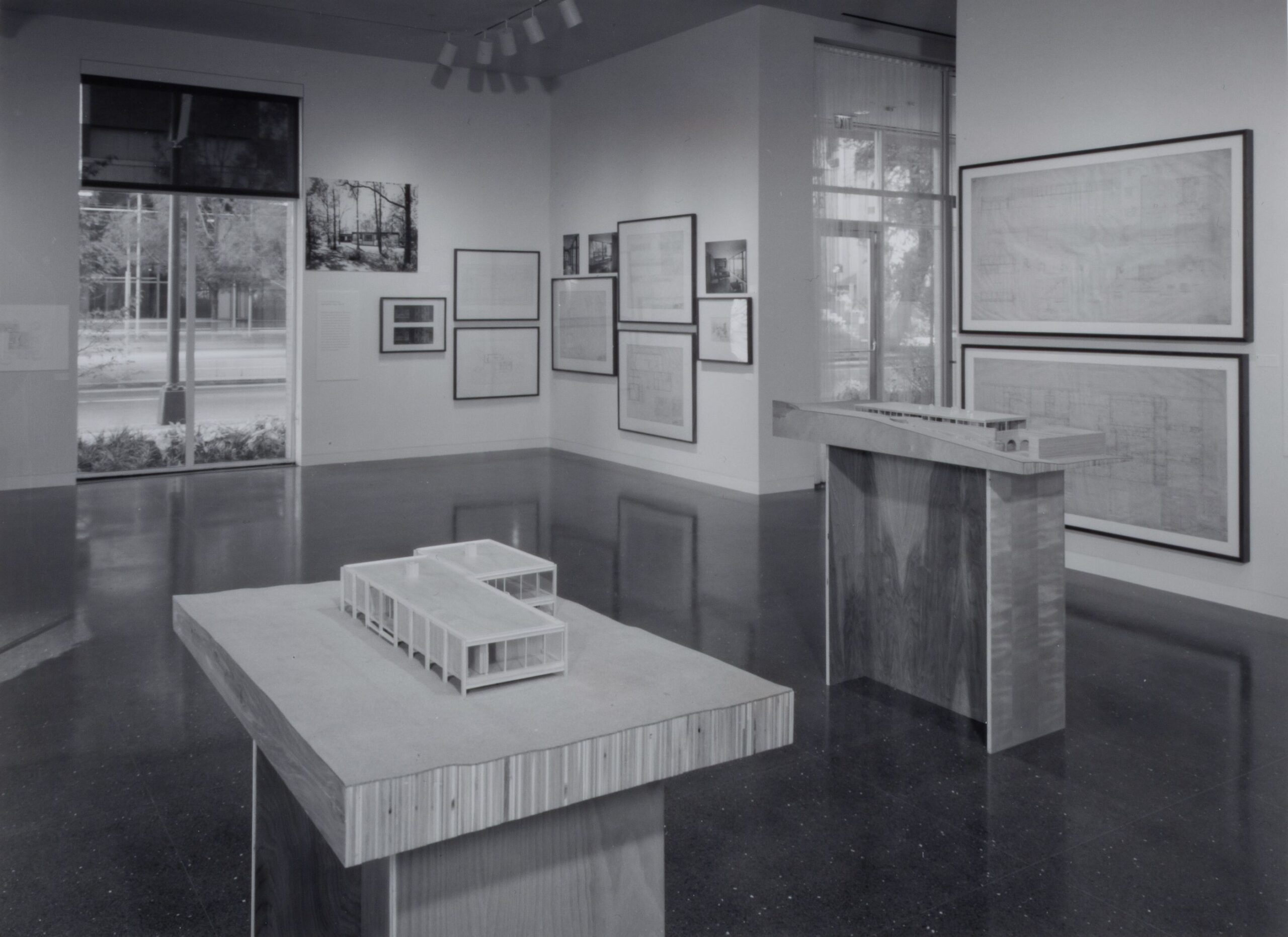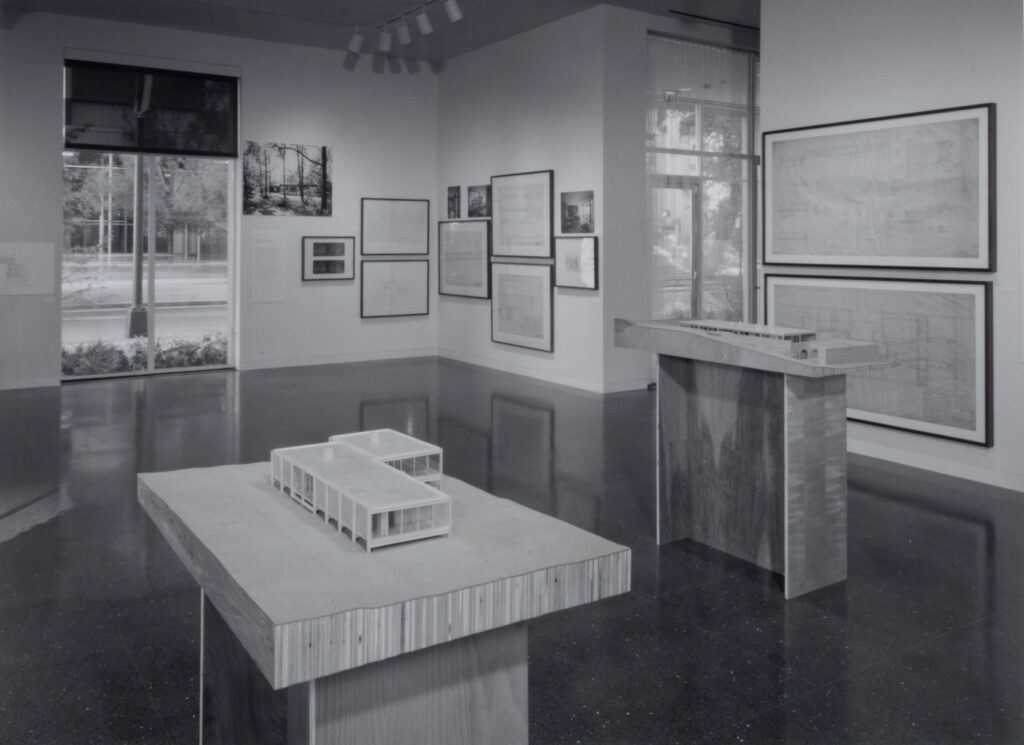A James SpeyerArchitect, Curator, Exhibition Designer


Past exhibition
A James Speyer Architect, Curator, Exhibition Designer
About the Exhibition
The Arts Club of Chicago is pleased to inaugurate its 1997–98 exhibition season with A. James Speyer: Architect, Curator, Exhibition Designer, opening Wednesday, 17 September, and continuing through 1 November 1997. Organized by the Richard Nickel Committee, Chicago, and curated by architect John Vinci, the exhibition will include models, drawings, and photographs of Speyer’s building projects and museum exhibition designs, documenting his unique modernist sensibility and inspired curatorial vision. After its presentation at The Arts Club, the exhibition will travel to The Heinz Architectural Center at The Carnegie Museum of Art, Pittsburgh (5 December 1997–22 March 1998) and the National Technical University of Athens in Greece (April–May 1998).
Accompanying the exhibition is a fully illustrated catalogue with documentary photographs, selected bibliography, and appendices listing Speyer’s exhibitions at the Art Institute and the acquisitions he made for the museum. Importantly, an essay by architectural historian and critic Franz Schulze discusses Speyer’s life and work in the United States, while contributions from architects Susana Antonakakis and Dimitris Antonakakis explore the impact of Speyer’s teaching at the Athens Polytechnic (1957–59) and his architectural interventions on the island of Hydra, respectively. Essays by Vinci assess Speyer’s unbuilt projects, his exhibition designs, and his influence on numerous architects and colleagues in Chicago and beyond.
About the Artist
For many years, A. James Speyer was Chicago’s leading museum curator, a respected architect, and collector of art. Born in Pittsburgh in 1913, he received his bachelor’s degree from the Carnegie Institute of Technology in 1934, and studied at Chelsea Polytechnic in London and the Sorbonne in Paris. In 1939, he sought out Mies van der Rohe, recently emigrated to Chicago, and became the great modernist’s first graduate student at the Armour Institute School of Architecture, later the Illinois Institute of Technology. Speyer maintained a close friendship with Mies throughout his life, initially as an assistant professor at IIT and later as a trusted colleague. Both were long-time members of The Arts Club; Mies designed the interior of The Club’s former headquarters at 109 East Ontario Street (1948–51, demolished 1995), and his celebrated steel-and-travertine staircase (preserved by Vinci in his design for the new Arts Club in 1996) served as the model for a similar cantilevered stair Speyer included in the house he designed for his mother, artist Tillie Speyer, in the early 1960s. Speyer’s final homage to his mentor was the 1968 Mies retrospective he organized at The Art Institute of Chicago, shortly before Mies’s death in August of the following year.
Speyer was curator of the Department of Twentieth-Century Painting and Sculpture at the Art Institute from 1961 until his death in 1986. During his 25-year tenure, he perfected the art of exhibition design. He was a significant and original figure in the artistic life of the city for over three decades, yet his place in Chicago’s cultural history has never been fully examined. This celebration of his life’s work will enable the public to see for the first time the full range of his achievements. The three-part exhibition features sketches, drawings, models, and/or photographs for: five residences conceived by Speyer from 1947 to 1961 including the Rose House in Highland Park, Illinois, and the Apt House and Speyer House in Pittsburgh; Speyer’s innovative and influential museum exhibition designs; and the architectural complex Speyer created over a 30-year period, for himself and his sister, the Paris art dealer Darthea Speyer, in Hydra, Greece.